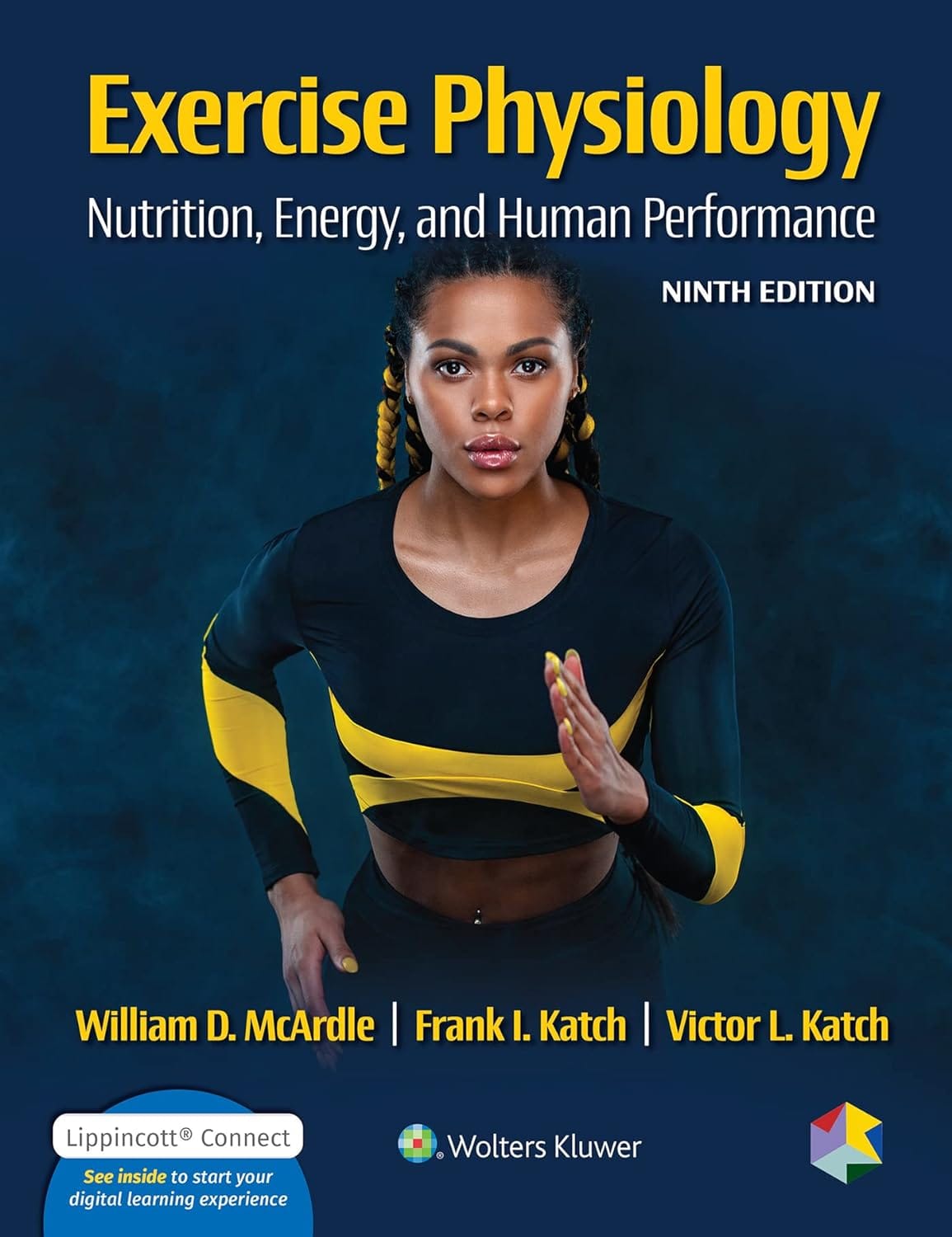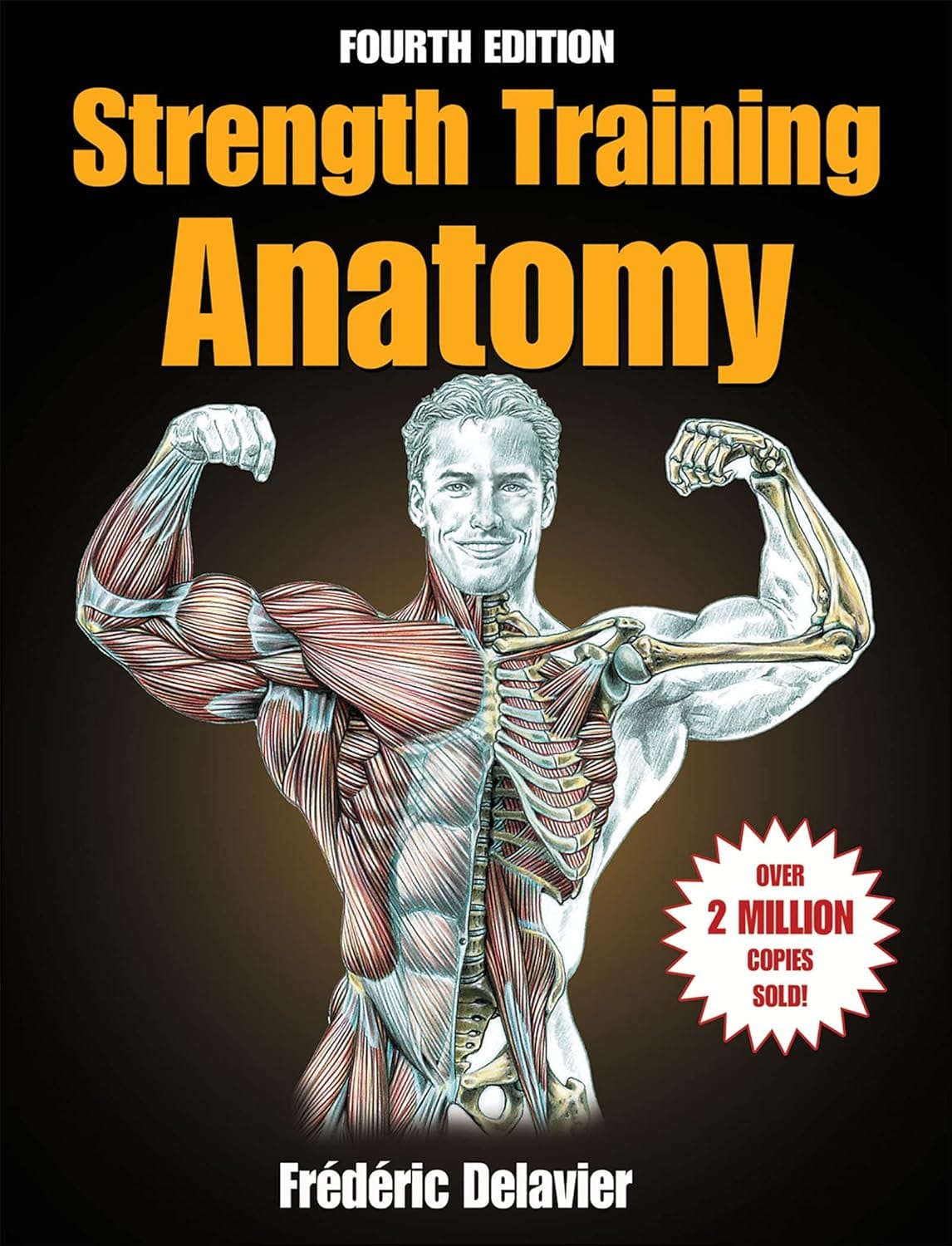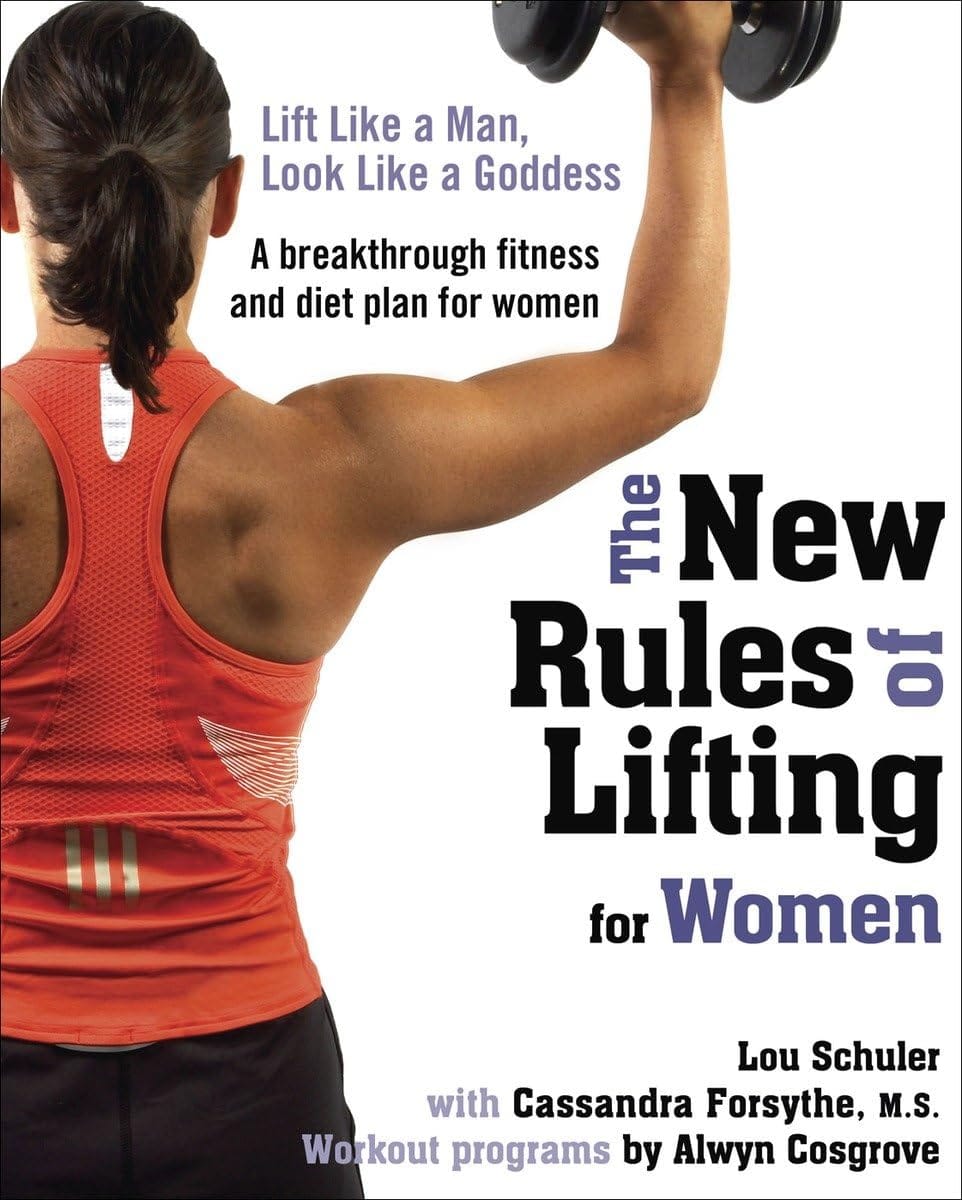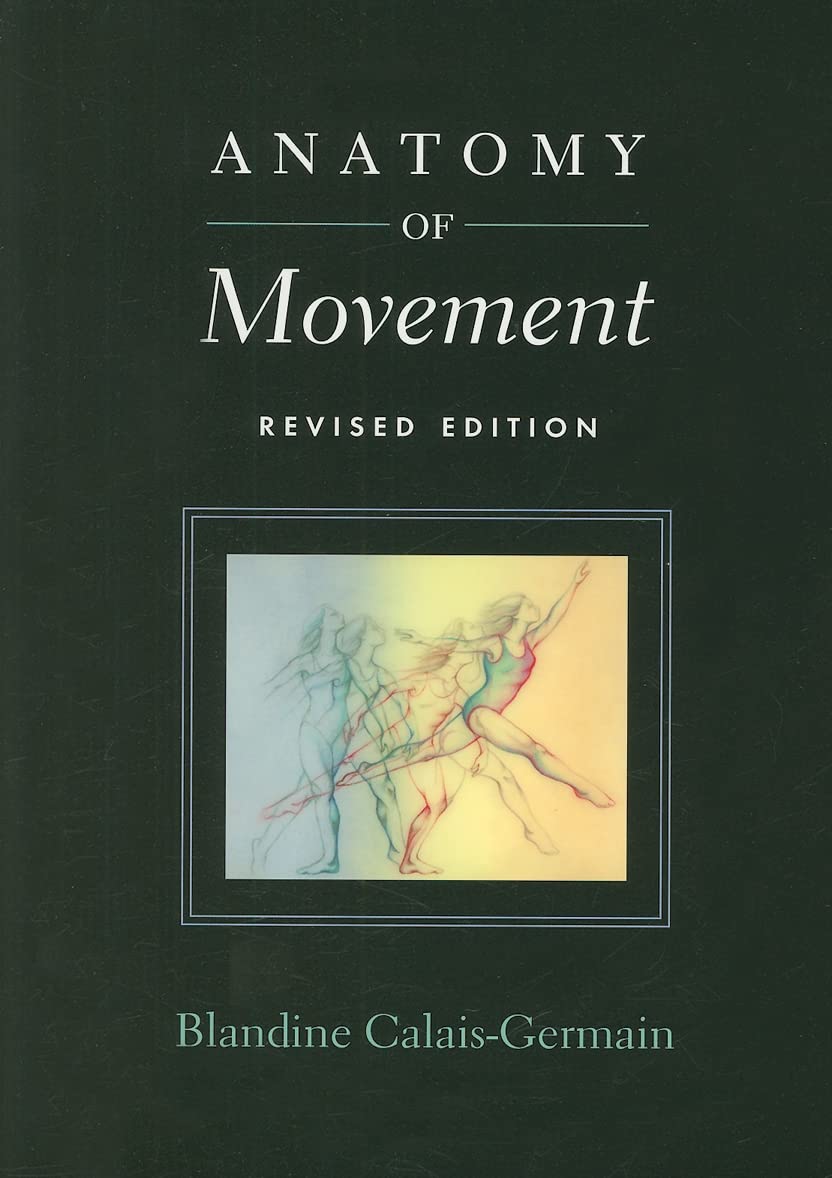Must-Read Exercise Physiology Book for Fitness Enthusiasts
Exercise Physiology Book is a great read for fitness enthusiasts and professionals alike. They cover the fundamentals of exercise physiology and provide practical insights on how to optimize training and performance.

Fitness and exercise physiology play a crucial role in achieving and maintaining a healthy and active lifestyle. With so many books available on these subjects, it can be not easy to know where to start. However, the best books on fitness and exercise physiology provide a comprehensive and in-depth understanding of the science behind physical activity and healthy living.
From the anatomy of strength training exercises to the latest research on nutrition and energy metabolism, these books offer valuable information and guidance for individuals looking to improve their fitness and overall well-being.
Whether you're just starting your fitness journey or a seasoned athlete looking to take your performance to the next level, the exercise physiology book is a valuable resource for anyone looking to achieve their health and wellness goals.
Buying Guide
Finding The Best Exercise Physiology Book
If you're looking to improve your fitness and overall health, investing in a book on fitness and exercise physiology can be a great way to gain a deeper understanding of how the body responds to physical activity. But with so many books available on the subject, it can be difficult to know which one to choose.
To help you make an informed decision, we've put together this buyer's guide to the best books on fitness and exercise physiology. This guide will provide you with all the information you need to choose the best books on fitness and exercise physiology to meet your needs.

Exercise Physiology: Nutrition, Energy, and Human Performance
This book is an important component of the fitness world today. Understanding the role of nutrition and energy in exercise performance is crucial for athletes and fitness enthusiasts alike.
The human body needs adequate amounts of nutrients and energy to sustain physical activity, and the food we eat plays a vital role in providing the necessary fuel. This aspect of exercise physiology encompasses the study of the macronutrients and micronutrients required for optimal performance, as well as the impact of various diets, such as low-carb or high-protein diets, on exercise performance.
In addition, the energy systems of the body and how they respond to physical activity are also explored. By understanding the interplay between nutrition, energy, and human performance, individuals can make informed decisions to improve their fitness and athletic performance.
Strength Training Anatomy
Shop Now
Strength Training Anatomy
This beautifully illustrated guide to strength training provides detailed information on the anatomy and function of the muscles used in resistance training exercises.
With over 600 full-color illustrations, Strength Training Anatomy is an excellent resource for anyone looking to build strength and improve their overall fitness.
Like having an X-ray for each exercise, the anatomical depictions show both superficial and deep layers and detail how various setup positions affect muscle recruitment and emphasize underlying structures. New to this edition are stretching exercises, safety, and injury callouts, and training recommendations based on body morphology.
The New Rules of Lifting for Women
Shop Now
The New Rules of Lifting for Women
This book is a comprehensive guide to strength training for women over 40. It covers everything from basic exercise techniques to nutrition and meal planning. With detailed workouts and progress tracking sheets, this book is the perfect guide for women looking to get fit and stay healthy.
In The New Rules of Lifting for Women, authors Lou Schuler, Cassandra Forsythe, and Alwyn Cosgrove present a comprehensive strength, conditioning, and nutrition plan destined to revolutionize the way women work out. All the latest studies prove that strength training, not aerobics, provides the key to losing fat and building a fit, strong body.
This book refutes the misconception that women will bulk up if they lift heavy weights. Nonsense! It's tough enough for men to pack on muscle, and they have much more of the hormone necessary to build muscle and natural testosterone. Muscles need to be strengthened to achieve a lean, healthy look. Properly conditioned muscles increase metabolism and promote weight loss.
Anatomy of Movement
Shop Now
Anatomy of Movement
This comprehensive guide to fitness after 40 provides a step-by-step program for getting in shape and maintaining a healthy body and mind. With a focus on practical exercises, healthy eating, and stress management techniques, Fit Over 40 is an excellent resource for anyone looking to make a positive change in their health and wellness.
Anatomy of Movement presents a dynamic, integrated approach to studying the physical structures of the musculoskeletal system and their functional relationship to the human body's movements. In clear and concise text illustrated with more than a thousand graphic drawings, the author guides the reader on a lively tour of the muscles, bones, ligaments, and joints of the arms, legs, and trunk.
The focus throughout the book is on anatomy not for its own sake but in its functional relationship to the actual movements of the body in dance, exercise, and other physical disciplines. In this newly-revised edition, a majority of the thousand-plus illustrations are new or have been modified by the author from the original edition. The text has also been updated, and the sequencing of the presentation of the musculoskeletal anatomy has been revised in part.
Exercise Physiology Book FAQs
We researched some of the best exercise physiology books. These books offer a wealth of information on how the body responds to physical activity, the role of nutrition in fitness, and how to design effective workout programs. Whether you are a fitness enthusiast looking to deepen your knowledge, a personal trainer searching for new training ideas, or a researcher studying the science of exercise, these books will provide answers to frequently asked questions and give you the tools you need to achieve your fitness goals. Get ready to learn about the latest theories, concepts, and practices in the field of exercise physiology and take your fitness journey to the next level!
Q: What are the 5 main goals of exercise physiology?
Answer: The five main goals of exercise physiology are:
- To understand the effects of physical activity on the body and how it can improve overall health and well-being.
- To study the physiological responses to exercise, including changes in the cardiovascular, respiratory, muscular, and nervous systems.
- To understand the role of nutrition in exercise and sports performance, including the effects of diet and supplements on the body.
- To investigate the mechanisms behind fatigue and injury, and to develop strategies for preventing and treating these conditions.
- To determine the most effective methods for optimizing performance in various sports and physical activities, including training programs, recovery strategies, and performance-enhancing drugs.
Exercise physiology is an interdisciplinary field that brings together knowledge from biology, physics, chemistry, and mathematics to understand the mechanisms behind physical activity and its effects on the body. These goals help to guide research in the field and advance our understanding of the complex relationships between exercise, health, and performance.
Q: How do I learn exercise physiology?
Answer: There are several ways to learn exercise physiology:
- Formal education: One of the most effective ways to learn exercise physiology is through a formal education program. Many universities offer degrees in kinesiology, exercise science, or exercise physiology, which provide students with a comprehensive education in the field. These programs typically cover anatomy, biomechanics, nutrition, and physiology, as well as the effects of physical activity on the body and performance.
- Books and journals: Reading books and articles on exercise physiology is another effective way to learn about the field. There are many textbooks and scientific journals that provide in-depth coverage of the subject, including the latest research and advances in the field.
- Workshops and conferences: Attending workshops and conferences on exercise physiology can provide an opportunity to learn from experts in the field and network with other professionals. These events typically feature presentations on the latest research, as well as practical workshops and demonstrations.
- Online resources: There are many online resources available for learning about exercise physiology, including websites, blogs, and online courses. These resources can provide a convenient and flexible way to learn about the subject and can be a great way to supplement formal education or self-study.
- Practical experience: Hands-on experience is also a valuable way to learn about exercise physiology. This could include working as a personal trainer, volunteering in a laboratory, or participating in research studies.
Regardless of how you choose to learn about exercise physiology, it's important to stay current with the latest research and advances in the field and to continue learning and growing your knowledge and skills.
Q: What topics are covered in exercise physiology?
Answer: Exercise physiology covers a wide range of topics including:
- Energy metabolism during physical activity
- Musculoskeletal Anatomy and Biomechanics
- Cardiovascular response to exercise
- Respiratory system during exercise
- Neural control of movement and muscle activation
- Endurance and strength training
- Flexibility and balance training
- Environmental factors affecting exercise performance
- Nutrition and hydration for optimal performance
- Exercise and its effects on health, aging, and disease.
Q: What are the two types of exercise physiology?
Answer: There are two main branches of exercise physiology:
- Applied exercise physiology, focuses on the practical applications of the physiological responses to physical activity, such as exercise testing, prescription, and training programs.
- Basic exercise physiology concentrates on the fundamental mechanisms underlying the physiological responses to physical activity, such as cellular and molecular processes, metabolic pathways, and neural control of movement.
Q: What are the 5 pillars of fitness?
Answer: The five pillars of fitness refer to the five components of physical fitness that are considered essential for overall health and well-being. These are:
- Cardiovascular Endurance: the ability of the heart and lungs to deliver oxygen and nutrients to the muscles during physical activity.
- Muscular Strength: the maximum force that a muscle can generate in a single effort.
- Muscular Endurance: the ability of muscles to perform repeated movements or hold a static position for an extended period.
- Flexibility: the range of motion around a joint and the ability to move the joints through their full range of motion.
- Body Composition: the proportion of fat, bone, and muscle in the body. Healthy body composition is an important factor for overall health and well-being.
